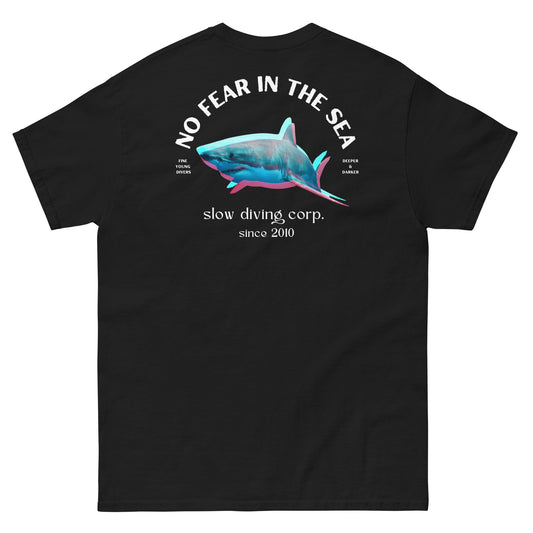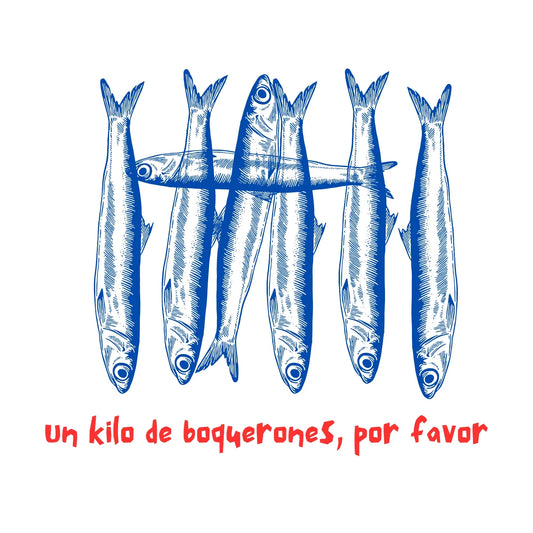Manta rays are a group of large rays of the genus Manta which includes two species, the giant oceanic manta ray (manta birostris) and the reef manta ray (manta alfredi). Manta rays are cartilaginous fish that evolved from inhabiting the seabed to develop powerful pectoral fins like wings allowing them to swim long distances and dive to great depths. These fish appeared just about 5 million years ago, which makes them newcomers if we compare them to other ocean inhabitants of their same family such as sharks, which have been living on our planet for over 400 million years.
MORPHOLOGY OF MANTA RAYS
The manta rays are easily recognizable by its enormous size, broad head, long and triangular pectoral fins and their characteristic cephalic fins on both sides of the mouth. The bodies of the manta rays are flattened and their eyes are on the sides of the head, behind the cephalic fins. The dorsal fins of rays are small, placed at the base of the tail. The manta birostris can weigh up to 1,350 kg while manta alfredi are smaller, up to 5 meters in length. In both species of mantas its width is about 2.2 times the length of its body.
T-Shirts for Manta Ray Lovers
SEE MORE MANTA RAY T-SHIRTS
You will easily recognize a manta ray when you see it while diving but it may be more difficult for you more to identify which of the two species of manta it is. The manta birostris has white angular marks on the shoulders and the belly is white with some black spots, which in many cases disappear, and does not have black specks in the area that lies between the two lines of gills. Another hallmark is the mouth, darker or completely black in the giant oceanic manta ray. When you see the dorsal area of the manta ray you should look at the tips of the pectoral fins, usually with white markings, and also on the caudal fin with white lines. The reef manta ray has rounded and smaller spots on their shoulders (sometimes they do not have those spots) and most of all we should look at the area around the mouth, completely white. Finally, the spots in the shoulders of the manta alfredi are rounder than those of the giant oceanic manta ray.
The manta rays, as many species of sharks, need to swim constantly to make water pass through their gills so they can breathe. The graceful movements of the mantas are one of its most notorious characteristics, moving their fins and propelling slowly as if they were flying and even gliding in the ocean. The cephalic fins can be folded into spiral but they unfold and flatten when the fish is feeding, allowing to lead more food into their mouth.
Unlike other rays, the manta rays are not poisonous but have a spike in its caudal spine. Another difference between the mantas and the rest of rays is that manta rays have their mouth in the front face of the head, while the rest of the rays have it in the bottom, this is because the mantas feed by filtering plankton while rays prey animals that inhabit the sandy bottoms.

MANTA RAYS FEEDING
Manta rays are filter feeders fish as whale sharks and basking sharks. They consume large amounts of zooplankton eating about 13% of their body weight each week. When feeding, manta rays swim slowly around the plankton with their mouths open, circling around it if there is great abundance and concentration of food. The feeding of the mantas is one of the most incredible shows a diver can witness in the ocean. In some occasions up to 50 specimens can be seen spinning and “flying” over this plankton concentration. The pinnacle of this show happens in Hanifaru Bay, Maldives.
Hanifaru Bay, manta ray sanctuary
DISTRIBUTION AND HABITAT OF MANTA RAYS
Both species of manta rays are pelagic, but with some differences.
T-Shirts for Ocean Lovers
SEE MORE T-SHIRTS FOR OCEAN LOVERS
The giant oceanic manta ray migrates through open oceans, individually or in groups, traveling with the currents searching for nutrient-rich areas. Some scientific studies show that oceanic manta rays have traveled over 1,000 kilometers and are capable of diving up to 1,000 meters deep.
The reef manta ray tends to be a resident and inhabit coastal areas. This manta lives in the Indo-Pacific and eastern tropical Atlantic Ocean, in areas sheltered by reefs.
The giant oceanic manta ray can be found in all tropical and subtropical oceans.

CLEANING STATIONS
Another show that manta rays provide to divers takes place in the cleaning stations. Manta rays approach coral reefs and almost completely stop near the surface to let cleaner fish that live in the reef feed on the parasites attached to the manta’s skin. These small fish get close to the mouth of the mantas, introduce in the gills or stroll over the body surface of the manta ray getting an easy meal. At those times divers just have to lodge in the bottom and enjoy a show that has been taking place in the same place for millions of years.
THREATS TO MANTA RAYS
The greatest threat to manta rays is overfishing and, because of its long life span and low reproductive rate, overfishing can severely reduce these fish populations. Both commercial fishing and local fishing kill mantas for their meat, skin and liver oil with nets, trawls and even harpoons. They are also decimated by their gills, used as a remedy in traditional Chinese medicine.
Other threats that mantas are facing are drift nets, the intake of micro-plastics, chemical spills and collisions with boats. The mantas, due to its large size, have few natural predators, only the largest sharks and orcas dare to attack these animals.
The two species of manta rays are listed as Vulnerable by the International Union for Conservation of Nature and are protected in international waters by the Convention on the Conservation of Migratory Species of Wild Animals, but are vulnerable near the coast.
























